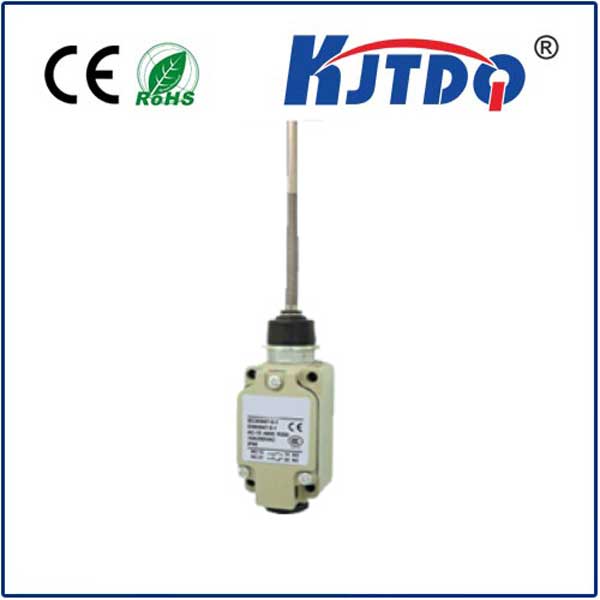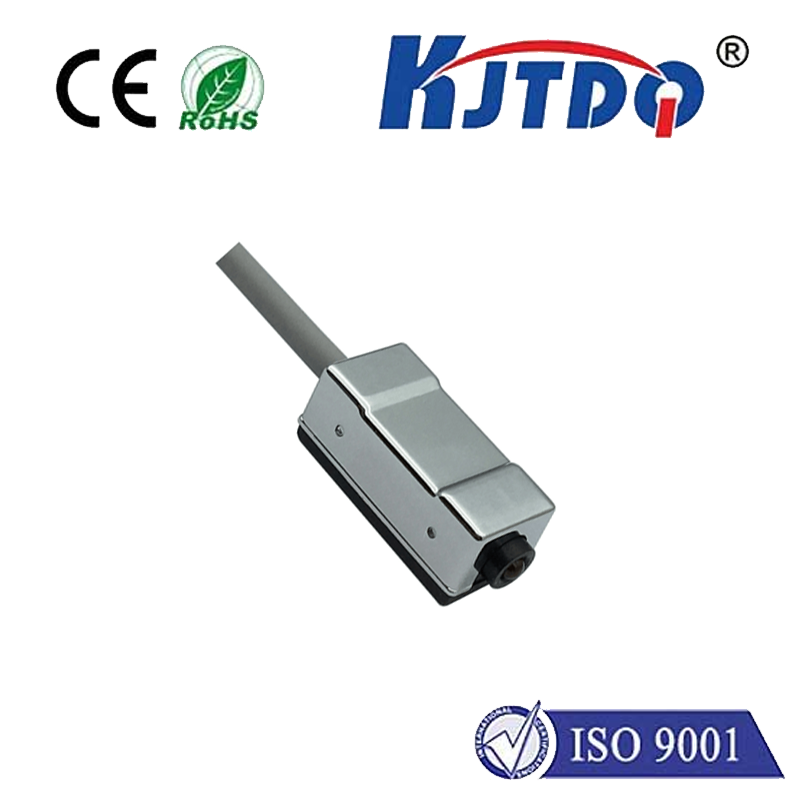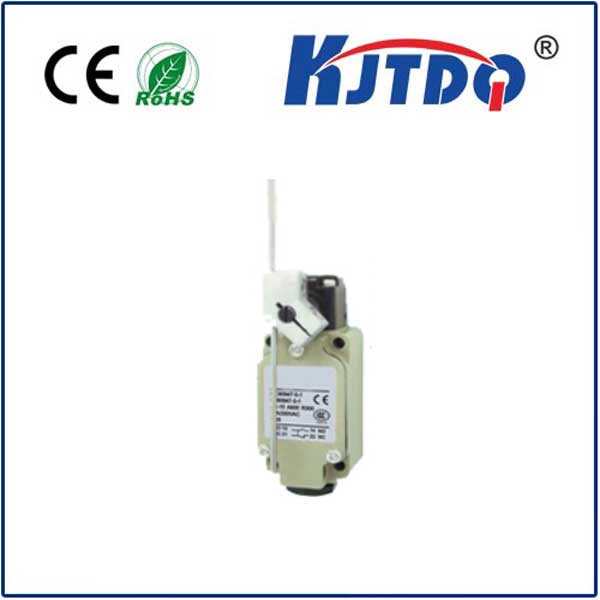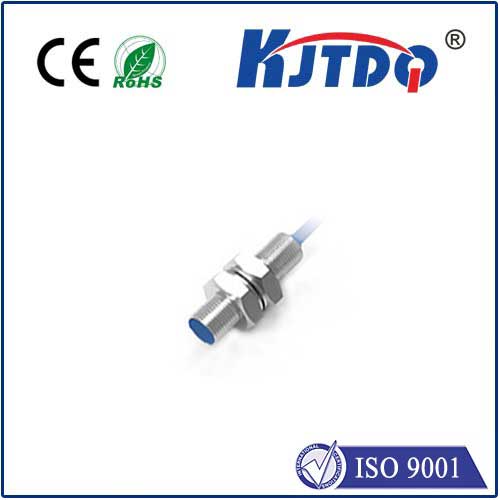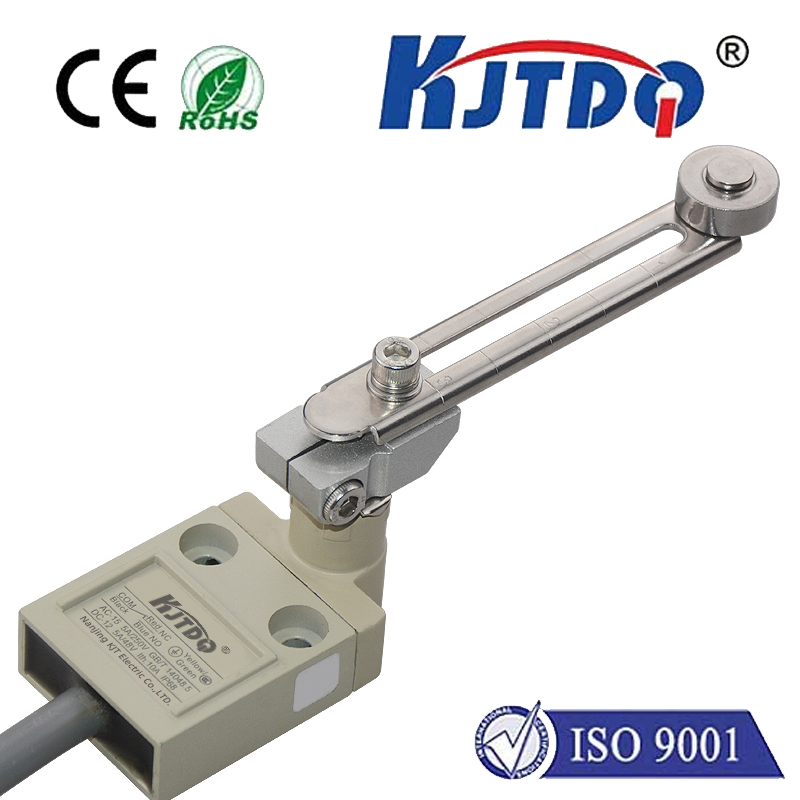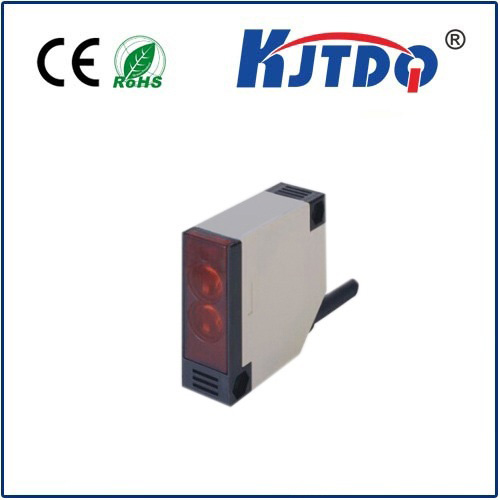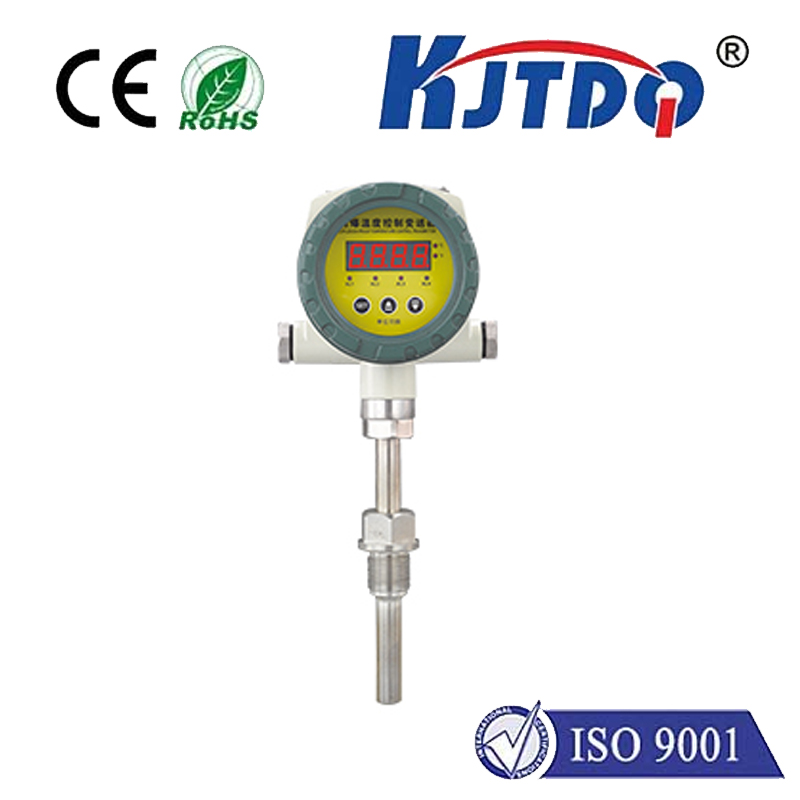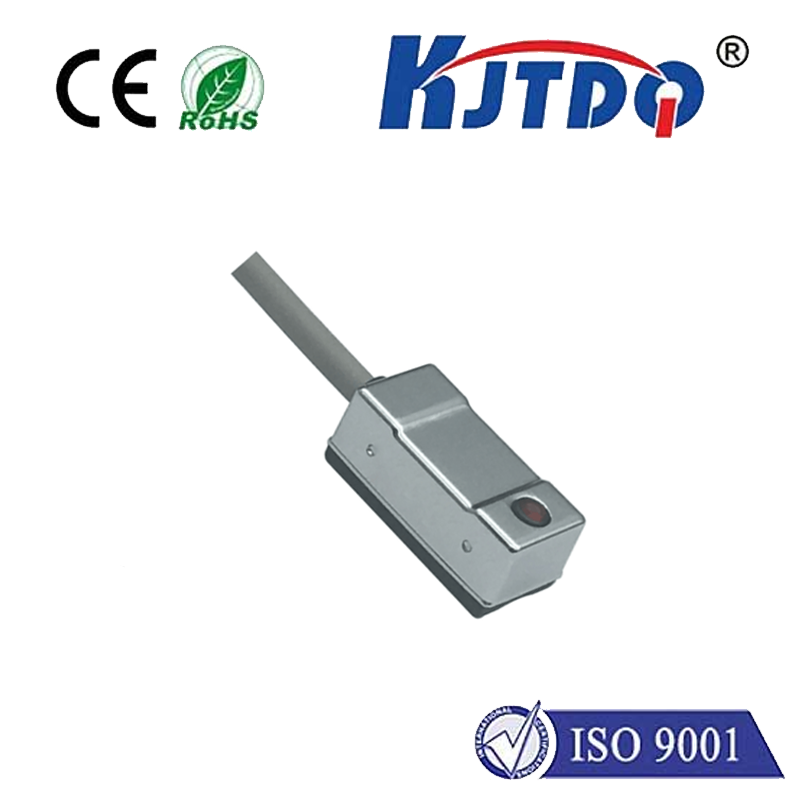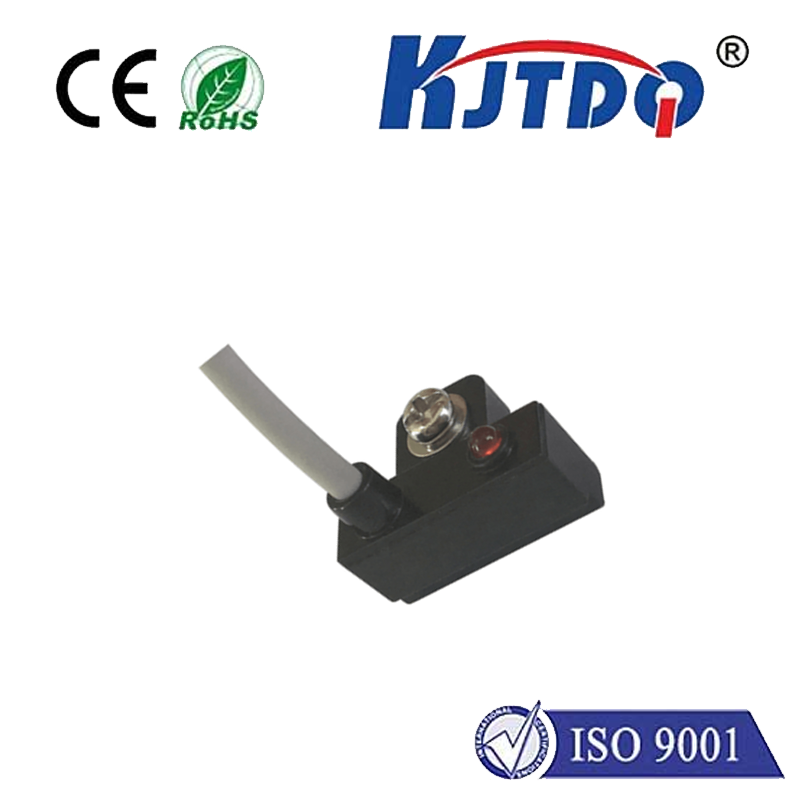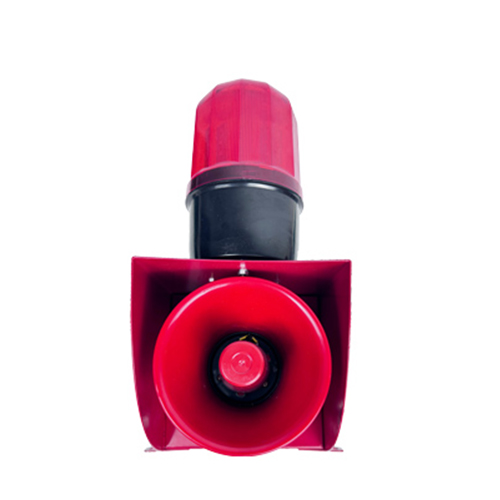

check

check

check

check

check

check

check

check

check

check
In the demanding world of industrial automation, where every second counts and accuracy is non-negotiable, photoelectric sensors play a pivotal role in ensuring seamless operations. Among the top performers in this field, the E3Z-R81-M3J 0.3M M18 photoelectric sensor stands out as a game-changer. This compact yet powerful device, hailing from industry leaders like Omron, combines advanced technology with practical design to tackle common sensing challenges. Whether you’re automating a manufacturing line or optimizing a packaging system, understanding this sensor’s capabilities can unlock new levels of efficiency and reliability. Let’s dive into what makes the E3Z-R81-M3J a must-have tool for engineers and technicians alike, exploring its features, applications, and why it’s earning rave reviews in sectors from automotive to logistics.
At its core, a photoelectric sensor operates by emitting a light beam—usually infrared or visible—and detecting changes when an object interrupts or reflects it. This principle enables non-contact detection, which is crucial for avoiding wear and tear in high-speed environments. Now, the E3Z-R81-M3J model elevates this concept with its specific design. For starters, its 0.3-meter detection range (equivalent to 300mm) provides exceptional flexibility. Why is this significant? In scenarios like conveyor belt monitoring or part positioning, a shorter range might miss objects, but this sensor’s optimized distance allows for precise targeting without false triggers. Add to that the M18 threaded housing, which simplifies installation in cramped spaces—you can mount it securely with standard fittings, reducing setup time and costs. Unlike bulkier alternatives, this size makes it ideal for retrofitting into existing machinery, a key advantage for small to medium-sized facilities.

Delving deeper into the E3Z-R81-M3J’s features reveals why it’s a standout in photoelectric sensing. It incorporates amplifier-built-in technology, meaning the sensor processes signals internally for faster, more reliable outputs. This cuts down response times to microseconds, essential for applications demanding high-speed accuracy, such as counting products on a fast-moving line. Another highlight is its IP67 rating, which ensures dust and water resistance. Imagine deploying it in harsh environments like automotive workshops or food processing plants; this durability minimizes downtime from environmental damage, keeping operations smooth. Power efficiency is also a plus—it operates on a low voltage range (often 10-30V DC), making it energy-conscious and compatible with diverse systems. To avoid compatibility issues, the sensor includes a visible red LED beam for easy alignment during setup, a small touch that saves headaches in busy settings.
When it comes to real-world applications, the E3Z-R81-M3J shines across industries. In manufacturing, it’s frequently used for object detection and positioning on assembly lines, where its 0.3M range detects small components with pinpoint accuracy. For example, in automotive production, it ensures bolts or seals are correctly placed before welding, reducing errors that could lead to costly recalls. Logistics is another hotspot; warehouses rely on it for pallet counting and conveyor control, thanks to its M18 design fitting snugly around belts. Even in demanding sectors like robotics, this sensor aids in collision avoidance by sensing obstacles quickly. Don’t overlook its role in safety systems either—bridging gaps in light curtains to detect intrusions in restricted zones. Beyond these, it excels in packaging: verifying bottle fills or label placements to prevent jams. The versatility stems from its robust construction and adaptable settings, allowing customization via simple adjustments.
Integrating the E3Z-R81-M3J into workflows offers tangible benefits that boost productivity. Compared to older sensors, it delivers enhanced reliability and reduced maintenance, as its sealed housing resists contaminants that cause false readings. This translates to fewer interruptions and longer service life—think of it as an investment in continuous operation. Cost savings are another perk; with easy installation and energy efficiency, total ownership costs drop, freeing up budgets for other upgrades. For those new to photoelectric sensors, a pro tip is to test alignment during calibration using its indicator LED, ensuring optimal performance from day one. Pair it with programmable logic controllers (PLCs) for automated responses, like triggering alarms or pausing machinery upon detection. Such synergies make it a cornerstone of modern smart factories.
Ultimately, the E3Z-R81-M3J 0.3M M18 photoelectric sensor represents innovation in sensing technology. Its blend of compactness, precision, and resilience addresses core automation needs, empowering industries to achieve higher throughput with fewer errors. As automation evolves, tools like this will remain indispensable partners on the shop floor.
